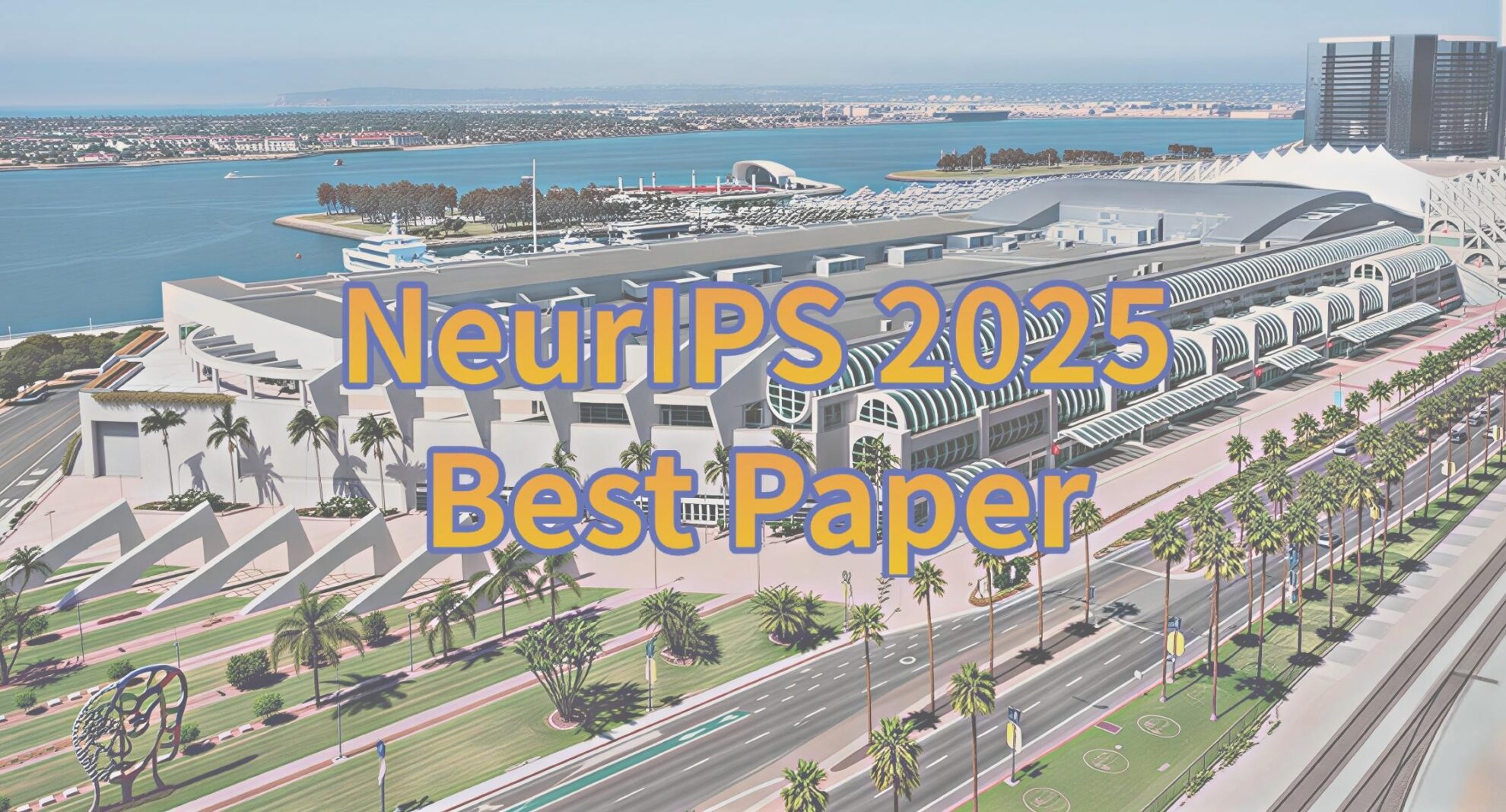Command Palette
Search for a command to run...
AI Restores Beijing Street Scene Video From the Republic of China, Goes Viral on the Internet and Takes You Back in Time
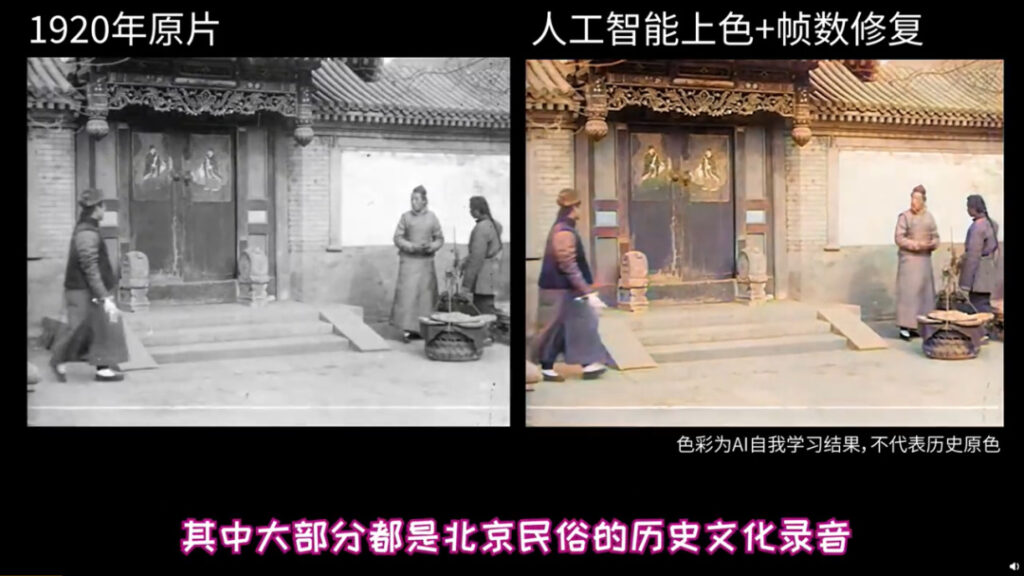
Weibo blogger @大谷Spitzer uploaded a video on May 8, which set off a wave of reposts across the Internet. He used AI to colorize, restore the frame rate, and super-resolution a black-and-white video of Beijing streets shot by a Canadian photographer between 1920 and 1929 during the Republic of China period, taking netizens back a hundred years to experience the prosperity of the past.
Weibo blogger @大谷Spitzer uploaded a video on May 8, which sparked a wave of reposts across the Internet.
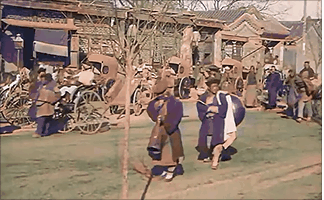
He used AI to colorize, restore the frame rate, and achieve super-resolution in a black-and-white video of Beijing streets during the Republic of China period, which was shot by a Canadian photographer between 1920 and 1929, allowing netizens to travel back a hundred years to experience the prosperity of the past.
Traveling back to the Republic of China: AI restores Beijing street scenes a hundred years ago
The original video comes from a piece of archival footage released by the People's Daily four years ago, shot by a Canadian photographer between 1920 and 1929, exactly one hundred years ago.
The original footage is currently kept by the National Film Board of Canada.
The year 1920 in the Gregorian calendar was the ninth year of the Republic of China, which was the era of the Beiyang Government of the Republic of China.
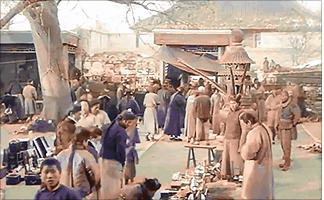
During this period, China also experienced a series of important historical events, including the "Movement to Abolish the Twenty-One Demands", "Death of Sun Yat-sen", and "Duan Qirui's announcement of the establishment of a provisional government".
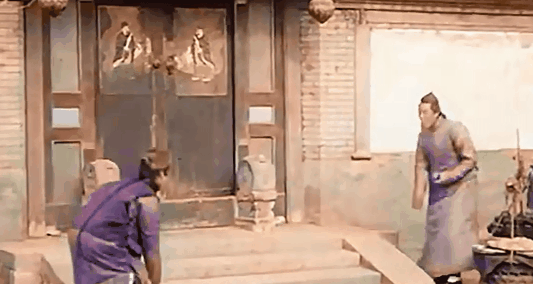
China gained a brief respite at the end of World War I, and it was during these years that the country's early industries gained good growth opportunities.
An independent game developer born in the 90s @Otani Spitzer
The author of this project is Hu Wengu, an independent game developer born in the 1990s. He was born in Beijing, graduated from the art department of Renmin University of China with a bachelor's degree and from the School of Visual Arts in New York with a master's degree. He is currently engaged in independent game development in New York.
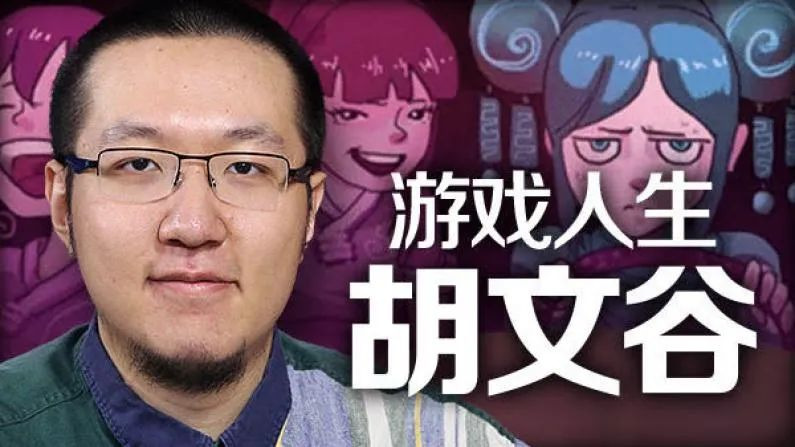
Hu Wengu (Weibo: @大谷Spitzer) As an artist, musician, programmer and game designer, he has been engaged in game development and music for more than 10 years.
Representative works include "Comic Con Simulator" and "Eddy Violet", etc. Eddy Violet is one of his more than 50 game works and has been downloaded 100,000 times in China.
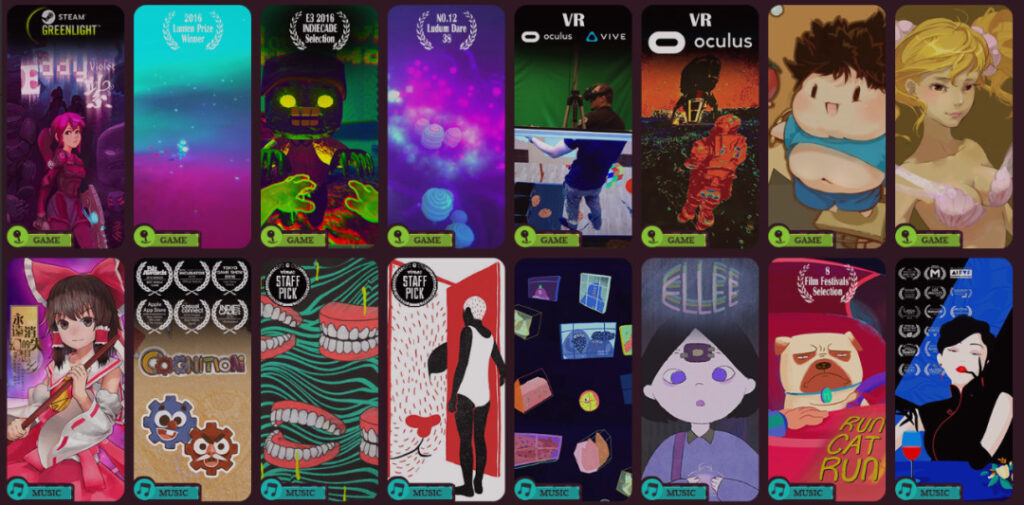
Portfolio: http://dgspitzer.my-style.in/gameportfolio/
This video uses AI to complete the coloring, frame rate restoration and super-resolution parts.
The sound effects come from the Internet, and the background music is from the works of Beijing folk music masters. The Taoist music comes from the recordings of Beijing Bailong Temple. The technical pipeline is based on Denis Shiryae's video restoration tutorial.

The author uses the DAIN interpolation algorithm in the frame rate repair part, which is open sourced by Bao Wenbo, a doctor from Shanghai Jiaotong University. (Project address: https://github.com/baowenbo/DAIN)
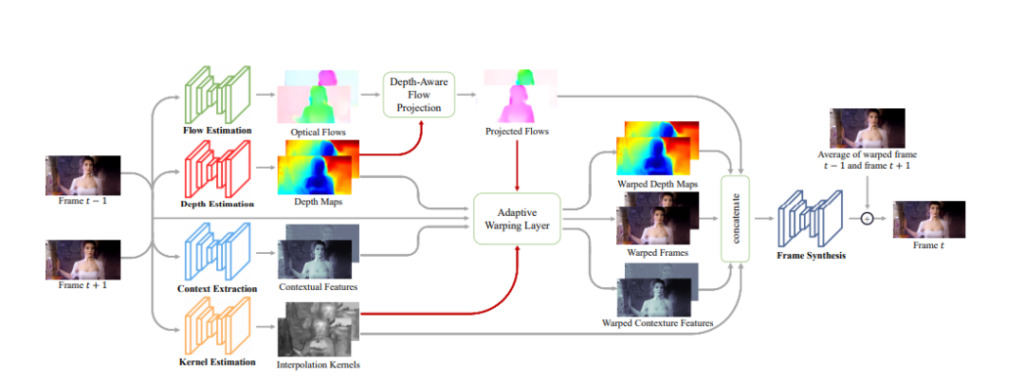
Given input frames at two time instants, the optical flow and depth map are first estimated, and then the intermediate flow is generated using the proposed depth-aware flow projection layer.
Resolution EnhancementPartially used ESRGAN,A GAN-based enhanced super-resolution method.
Video coloringPartially used DeOldify , a deep learning project for coloring and restoring old images and videos. Open sourced on Github by an artist engineer in California (Project address: https://github.com/jantic/DeOldify)
DeOldify uses NoGAN, a new and efficient image-to-image GAN training method, which has better detail processing and more realistic rendering.
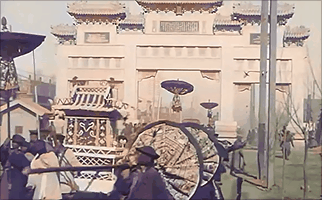
I also used VirtualDub software to process the video to reduce the noise of old movies.
Finally, this ten-minute video was presented to us through the perfect combination of open source algorithms and software, leading netizens to travel back to the Republic of China and experience the bustling street scenes of Beijing.
-- over--








